Targeting G1-S-checkpoint-compromised cancers with cyclin A/B RxL inhibitors
- PMID: 40836083
- PMCID: PMC12527934
- DOI: 10.1038/s41586-025-09433-w
Targeting G1-S-checkpoint-compromised cancers with cyclin A/B RxL inhibitors
Abstract
Small-cell lung cancers (SCLCs) contain near-universal loss-of-function mutations in RB1 and TP53, compromising the G1-S checkpoint and leading to dysregulated E2F activity1. Other cancers similarly disrupt the G1-S checkpoint through loss of CDKN2A or amplification of cyclin D or cyclin E, also resulting in excessive E2F activity2,3. Although E2F activation is essential for cell cycle progression, hyperactivation promotes apoptosis4-9, presenting a therapeutic vulnerability. Cyclin proteins use a conserved hydrophobic patch to bind to substrates bearing short linear RxL motifs10-13. Cyclin A represses E2F through an RxL-dependent interaction10,14, which, when disrupted, hyperactivates E2F15. However, this substrate interface has remained difficult to target. Here we developed cell-permeable, orally bioavailable macrocyclic peptides that inhibit RxL-mediated interactions of cyclins with their substrates. Dual inhibitors of cyclin A and cyclin B RxL motifs (cyclin A/Bi) selectively kill SCLC cells and other cancer cells with high E2F activity. Genetic screens revealed that cyclin A/Bi induces apoptosis through cyclin B- and CDK2-dependent spindle assembly checkpoint activation. Mechanistically, cyclin A/Bi hyperactivates E2F and cyclin B by blocking cyclin A-E2F and cyclin B-MYT1 RxL interactions. Notably, cyclin A/Bi promoted the formation of neomorphic cyclin B-CDK2 complexes, which drive spindle assembly checkpoint activation and mitotic cell death. Finally, orally administered cyclin A/Bi showed robust anti-tumour activity in chemotherapy-resistant SCLC patient-derived xenografts. These findings reveal gain-of-function mechanisms through which cyclin A/Bi triggers apoptosis and support their development for E2F-driven cancers.
© 2025. The Author(s).
Conflict of interest statement
Competing interests: M.G.O. reports grants from Eli Lilly, Takeda, Novartis, BMS, Auron Therapeutics and Circle Pharma. M.G.O. and D.N. received an SRA from Circle Pharma to fund this work. C.E.G., R.O., F.H.-I., D. He, M.W.M., M.N., N.N.G., S.S.F.L., B.F.-W., L.H., M.P.B., B.M.L., D.S., J.F.L., D. Hoang, Y.G., M.C., M.K.D., S.M., C.B., J.A.S., K.Y., N.J.D., A.T.B., J.F., R.B., P.C., J.B.A., L.-F.L., B.L., E.W.W., C.K., M.E., R.S., D.J.E. and P.D.G. are employees of Circle Pharma. The other authors declare no competing interests.
Figures

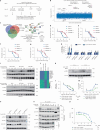
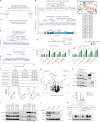
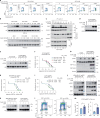
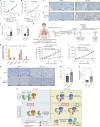

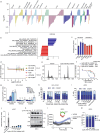
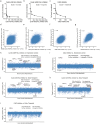
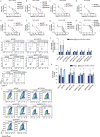
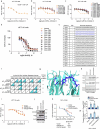




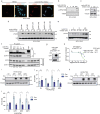

References
-
- Kent, L. N. & Leone, G. The broken cycle: E2F dysfunction in cancer. Nat. Rev. Cancer19, 326–338 (2019). - PubMed
MeSH terms
Substances
LinkOut - more resources
Full Text Sources
Medical
Research Materials
Miscellaneous

